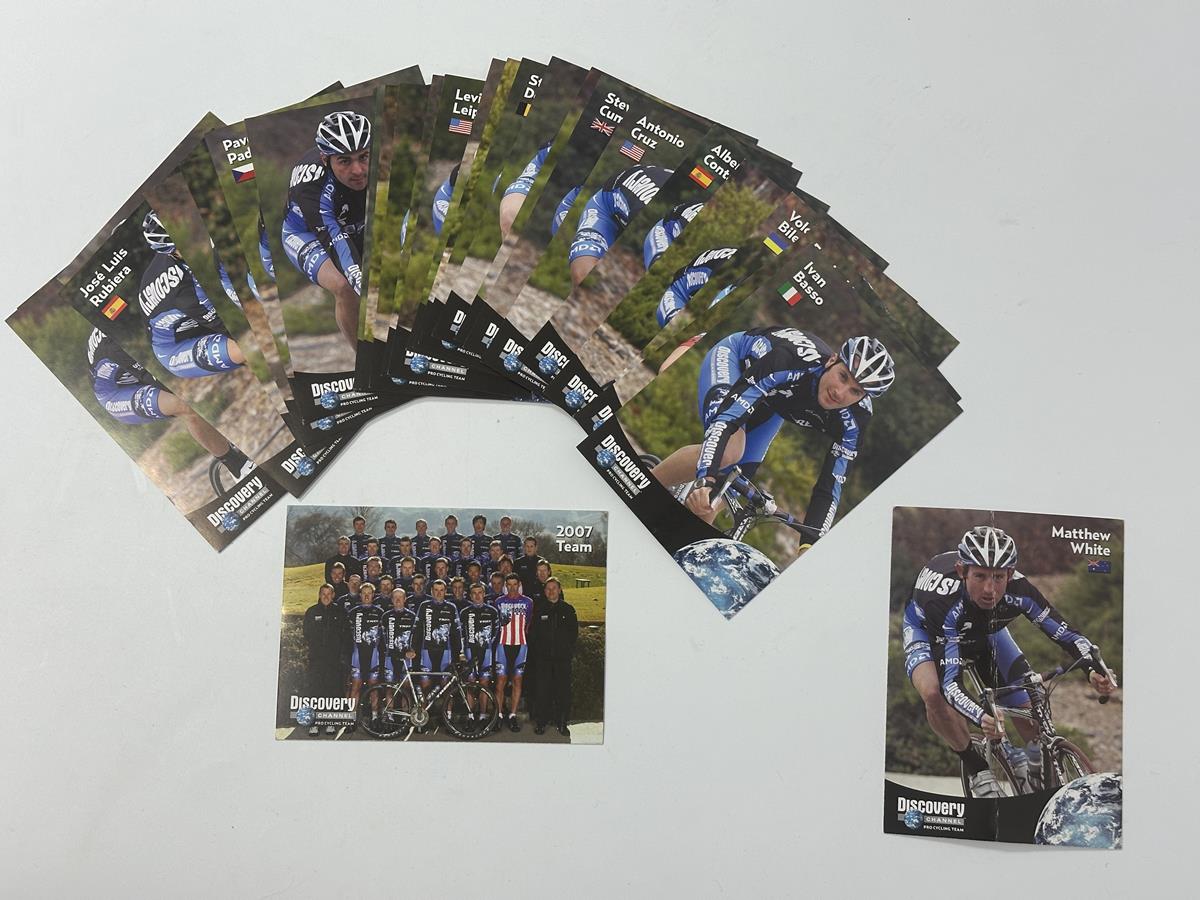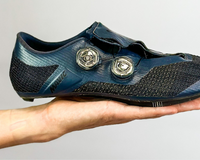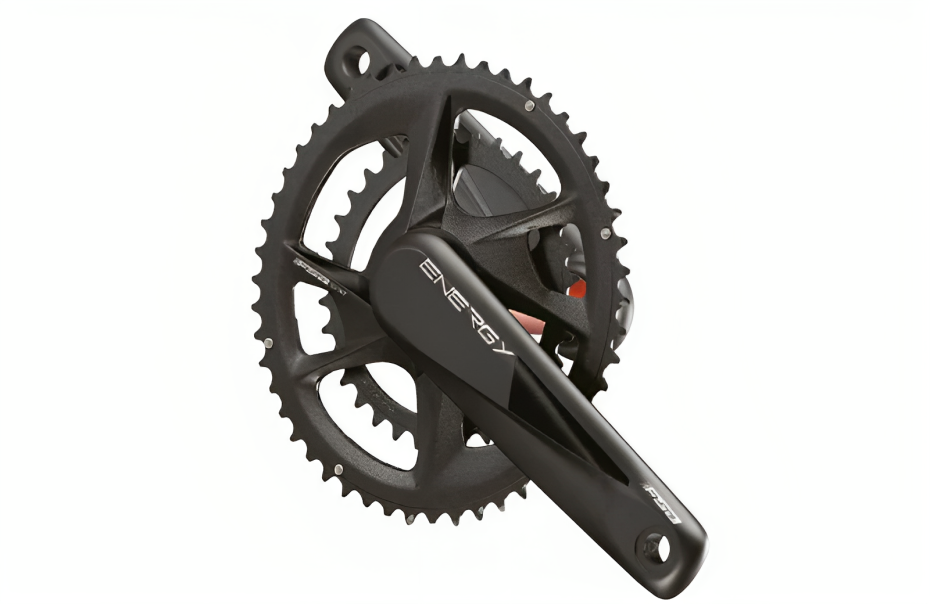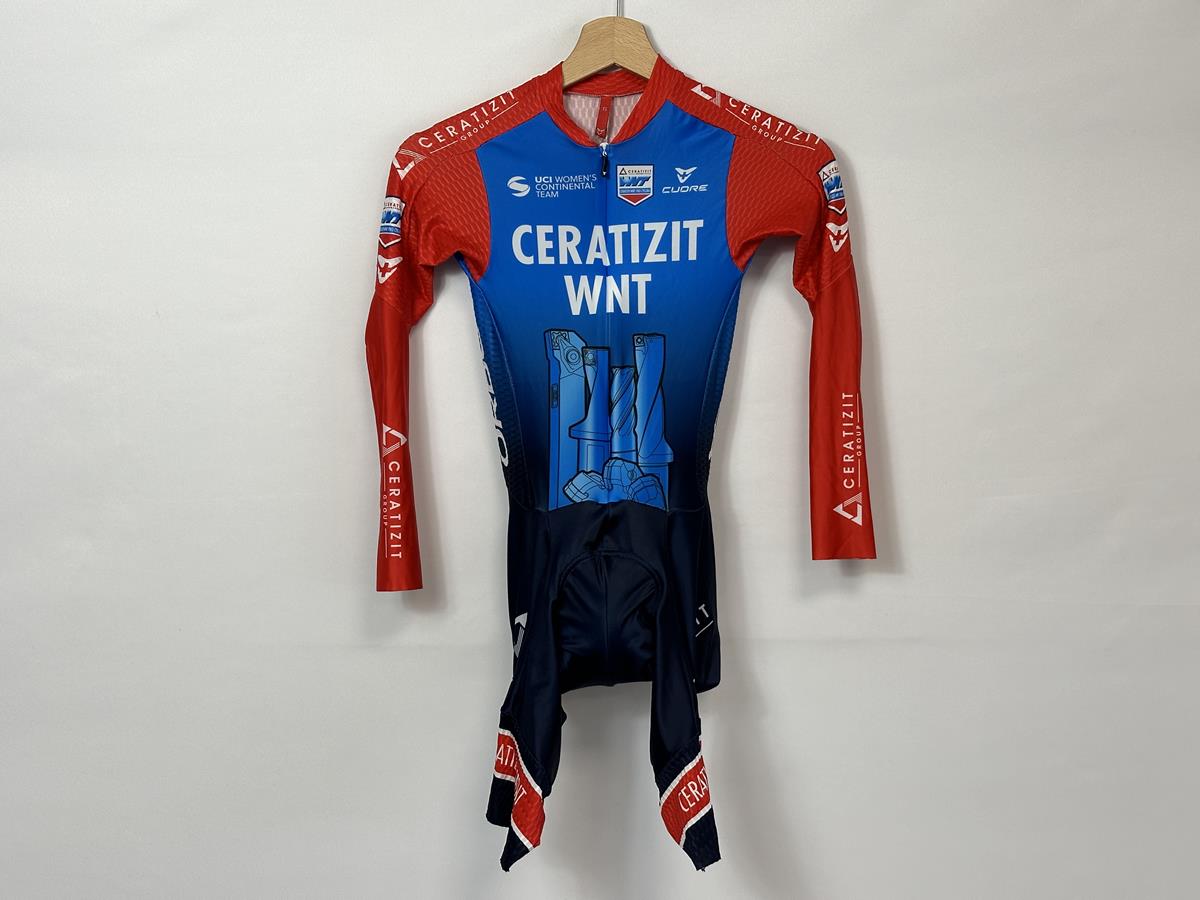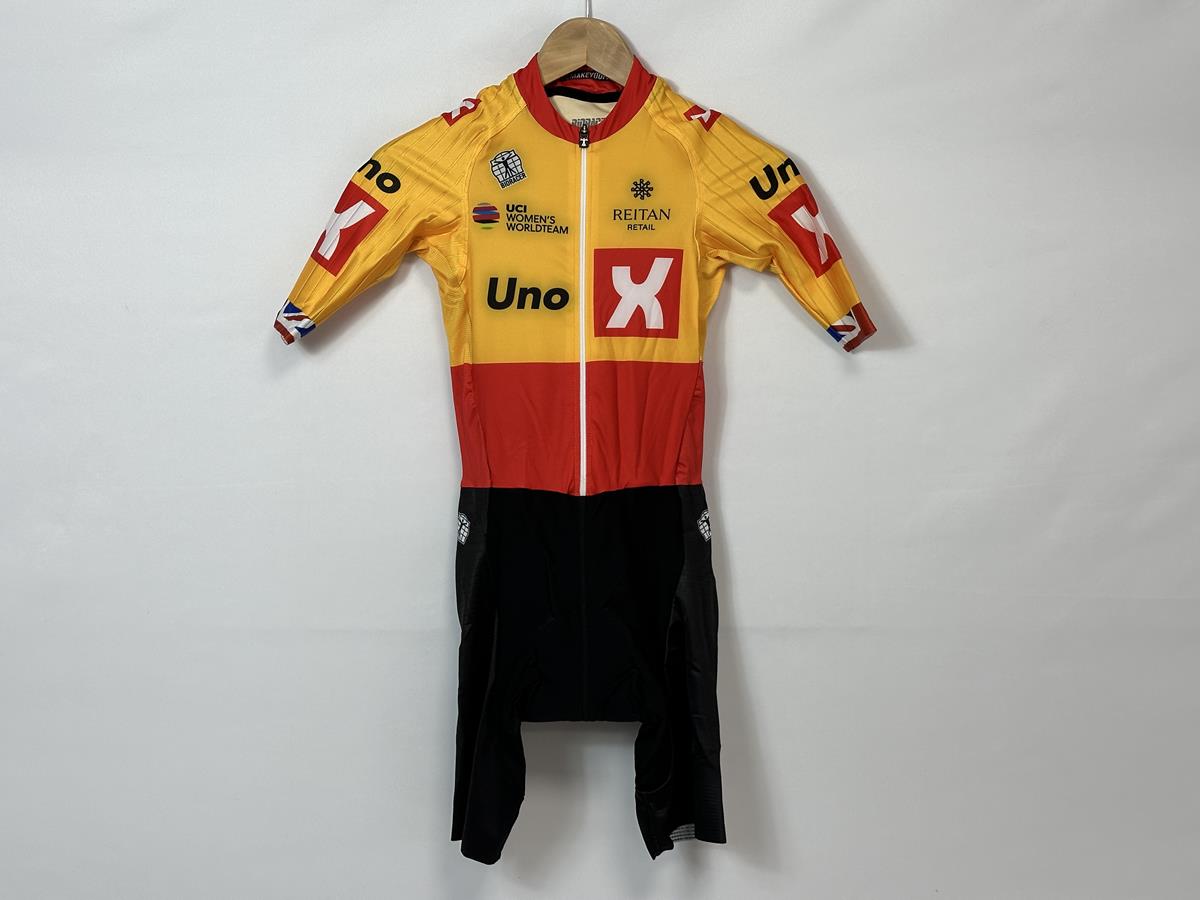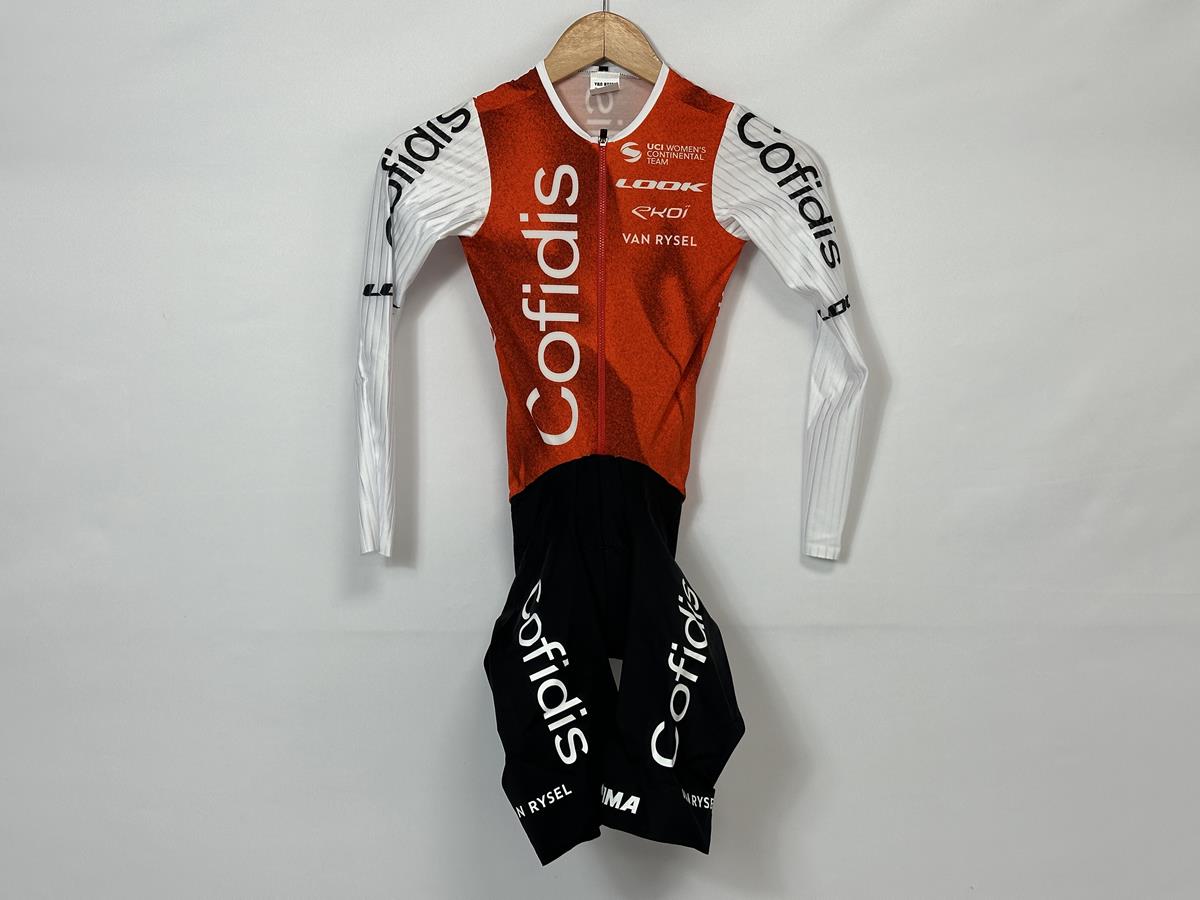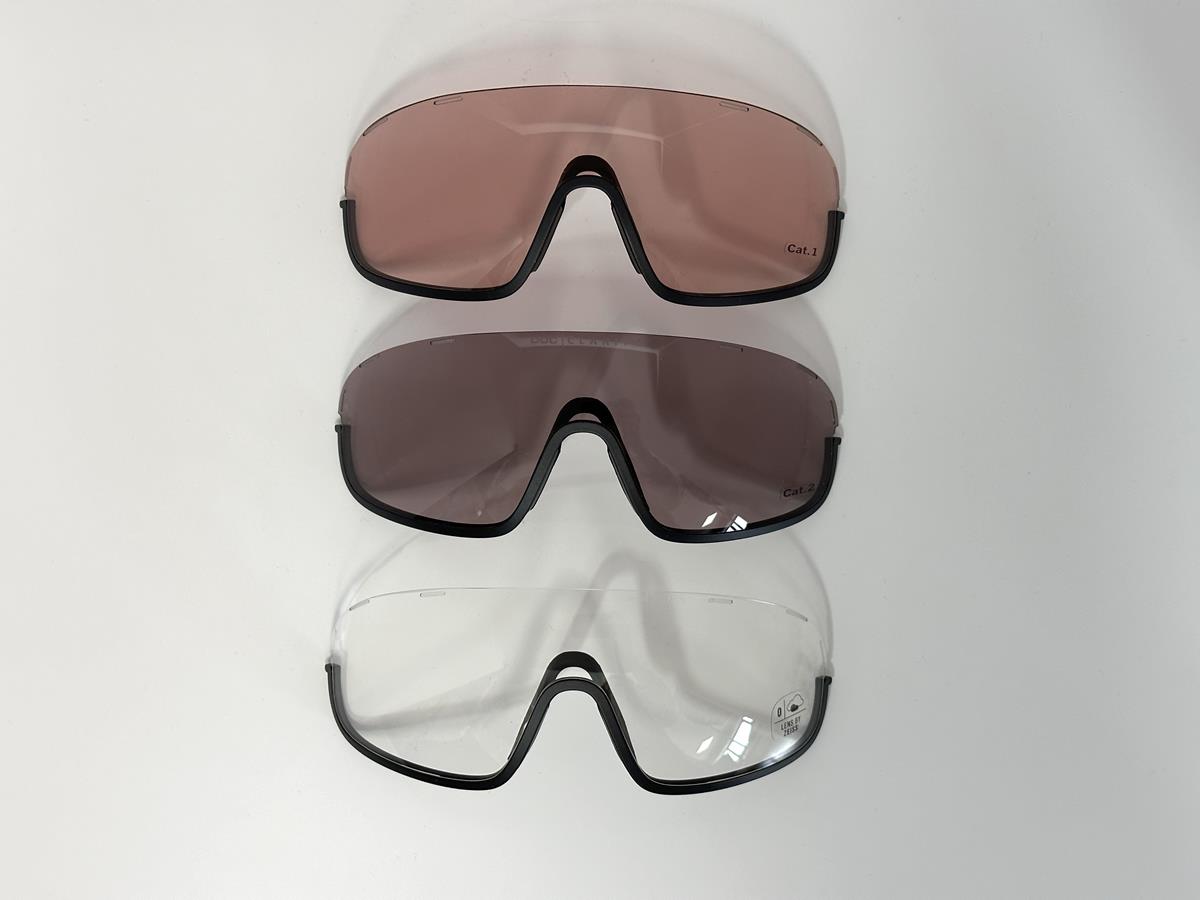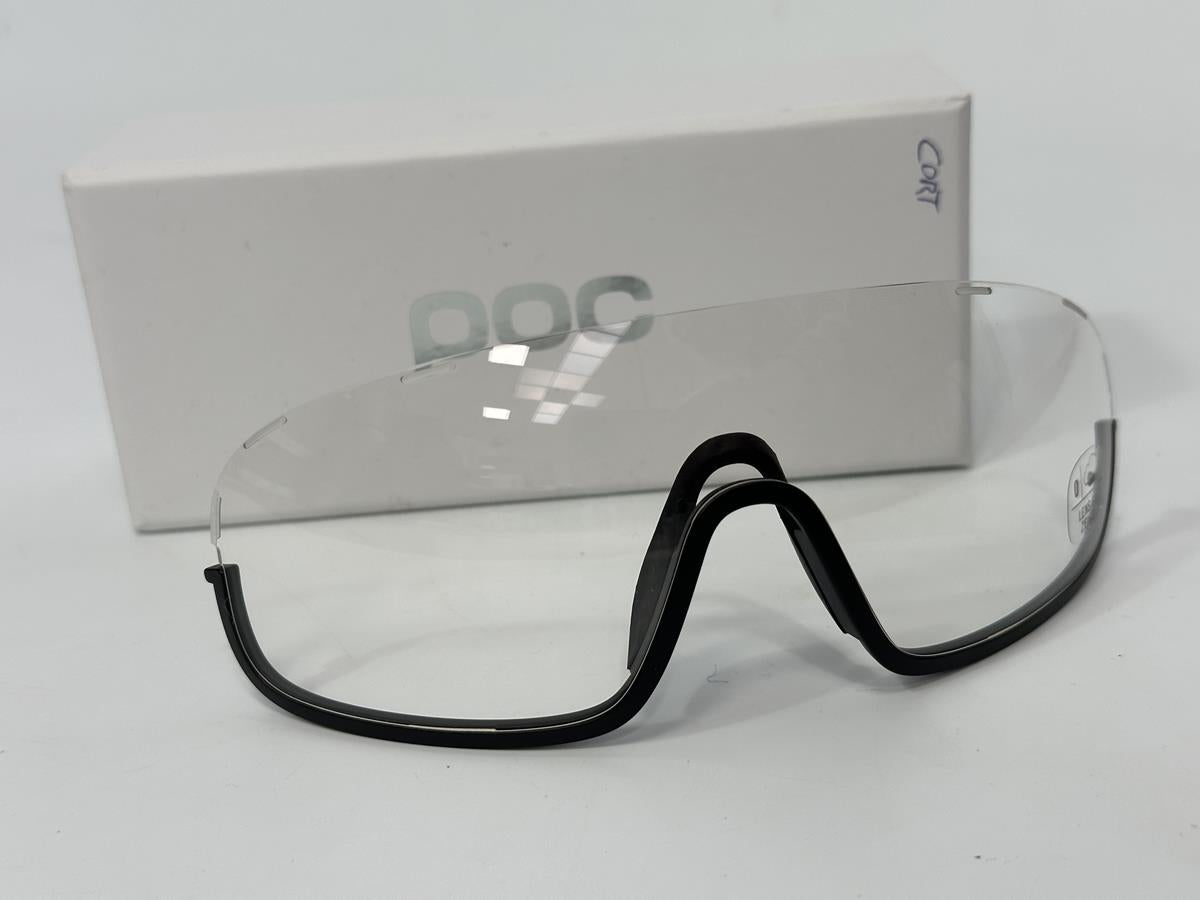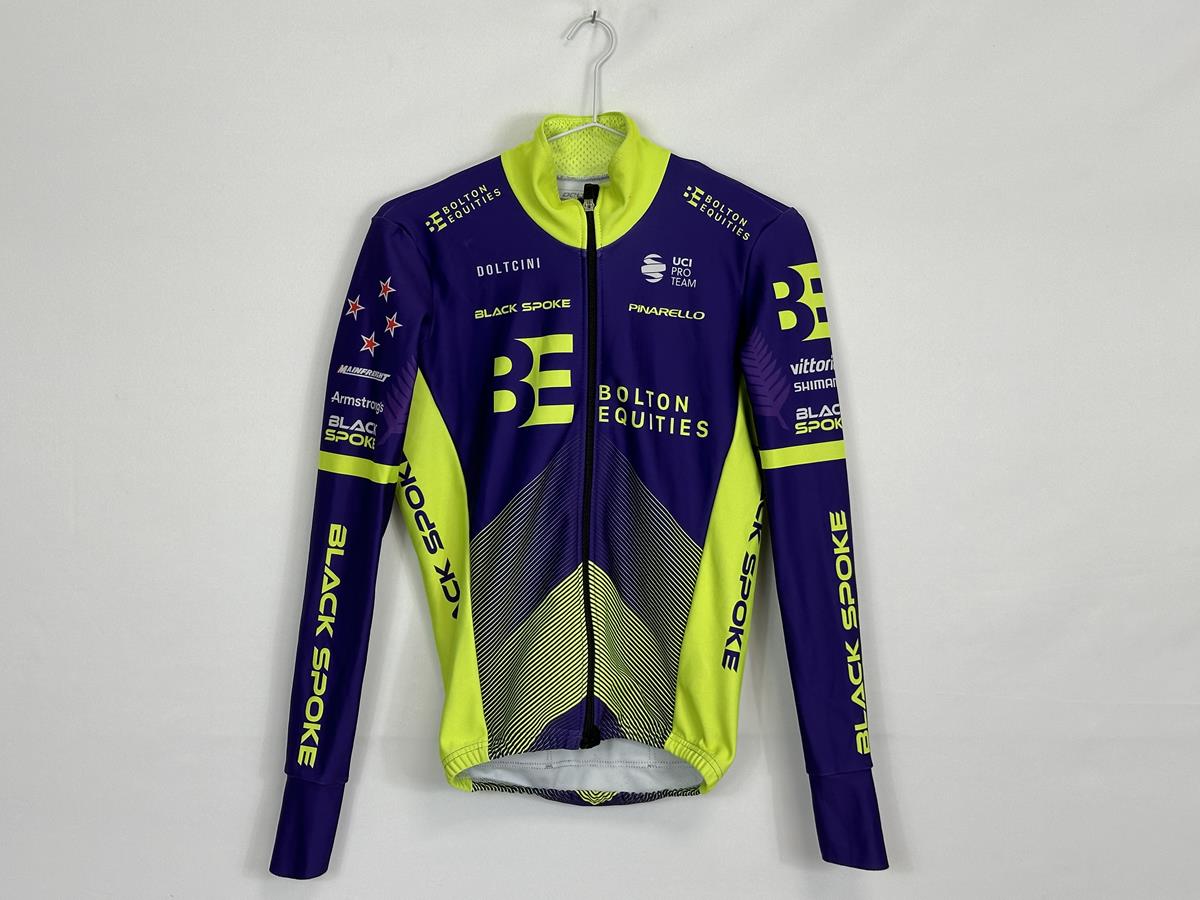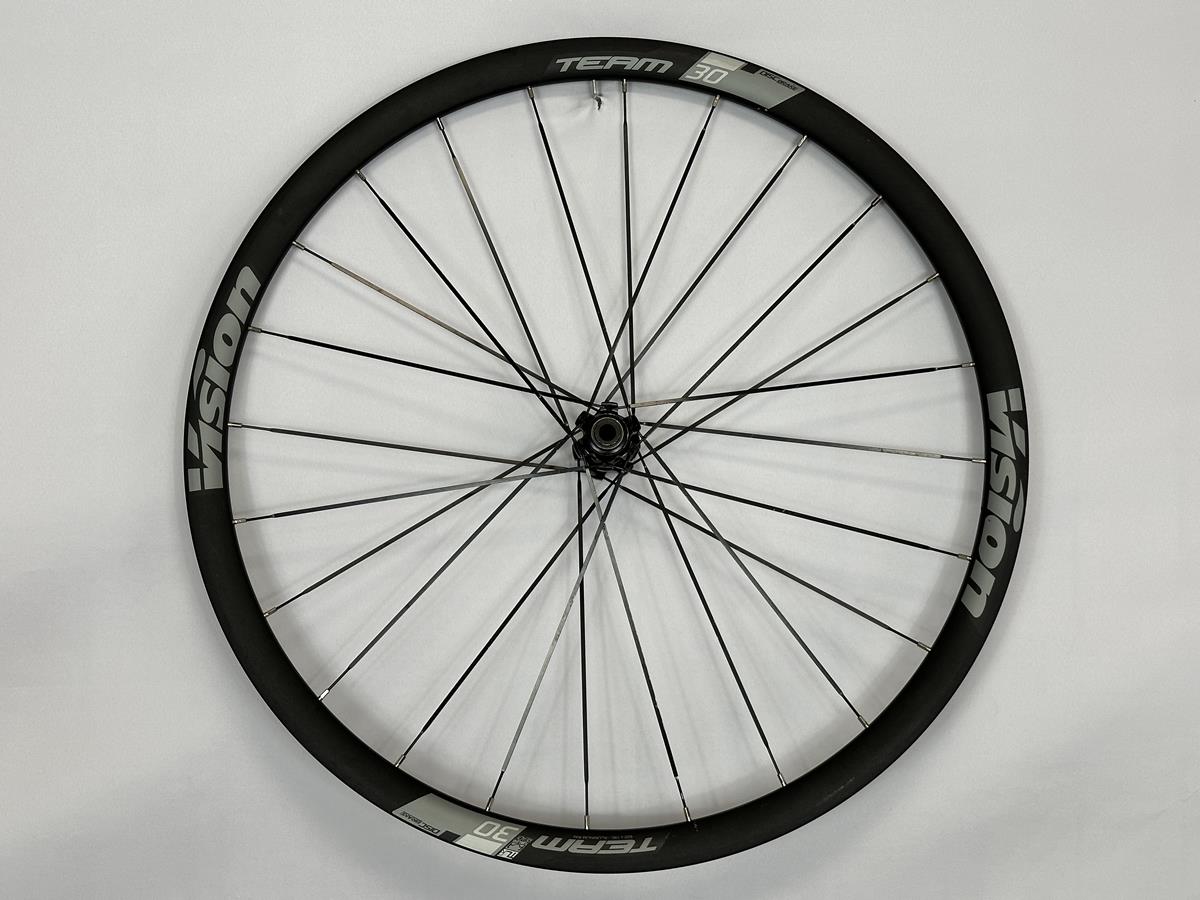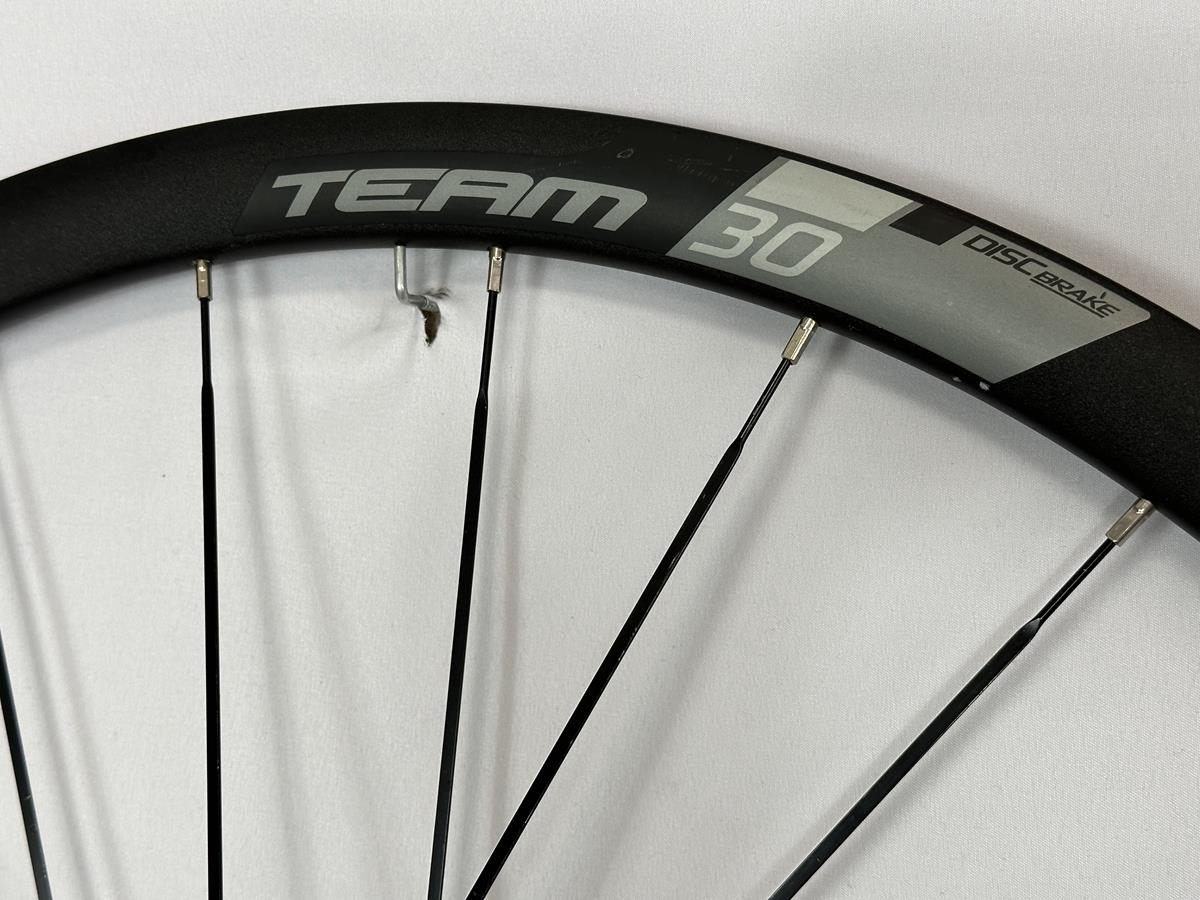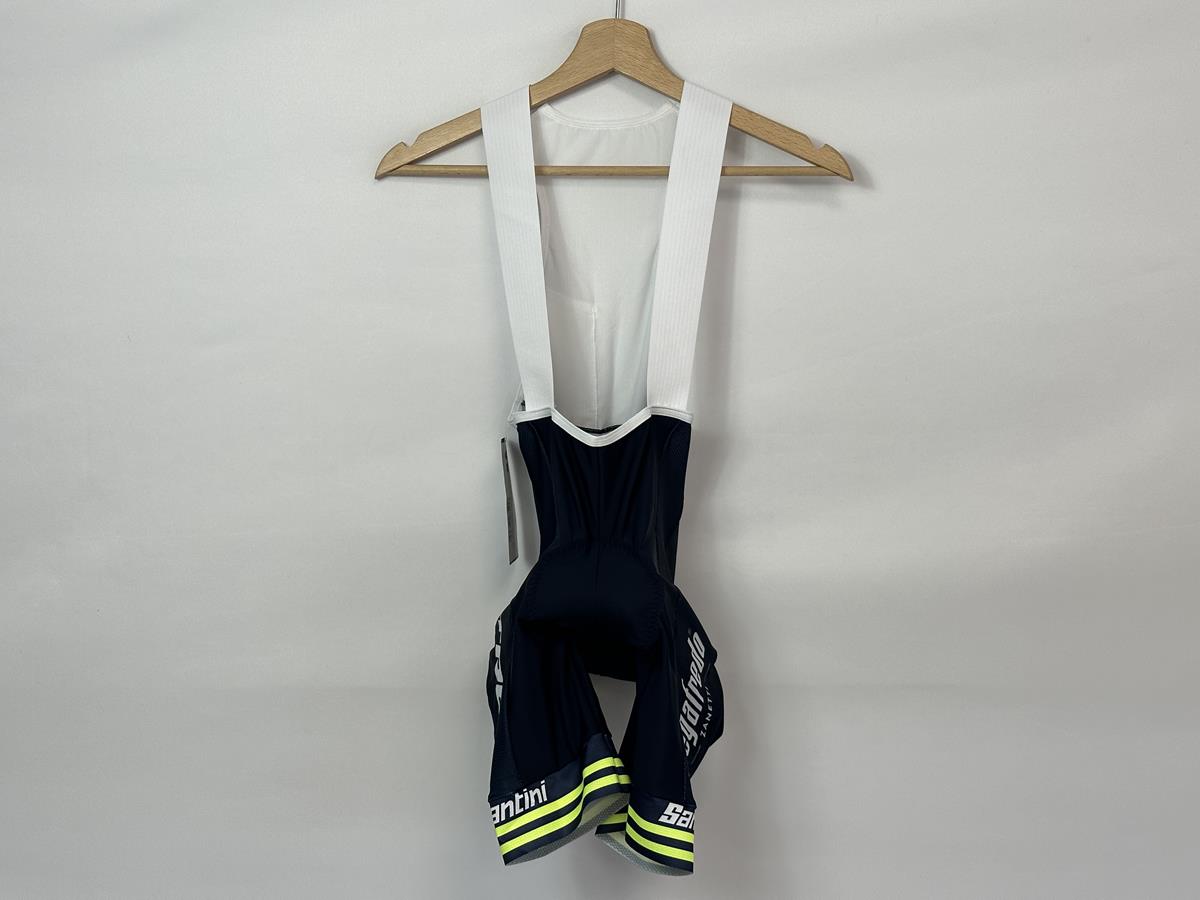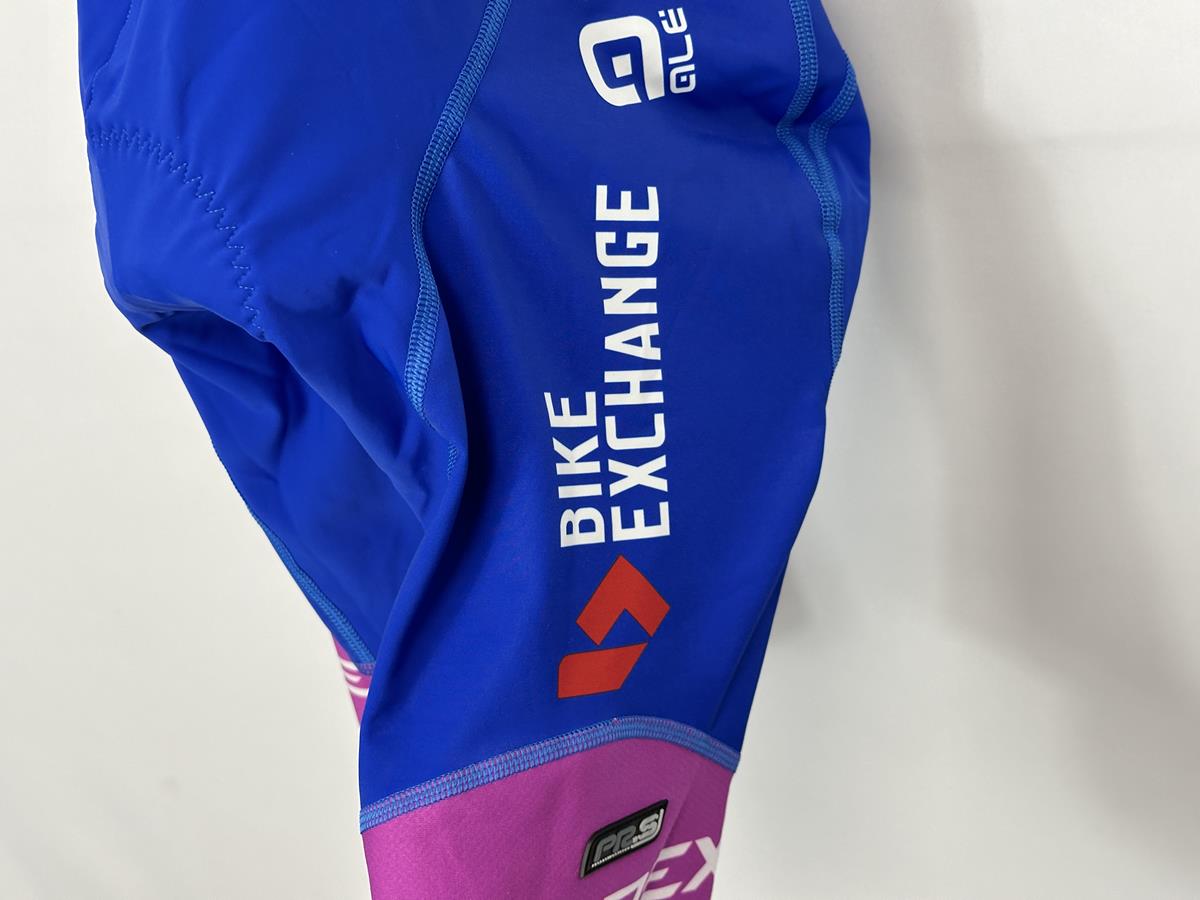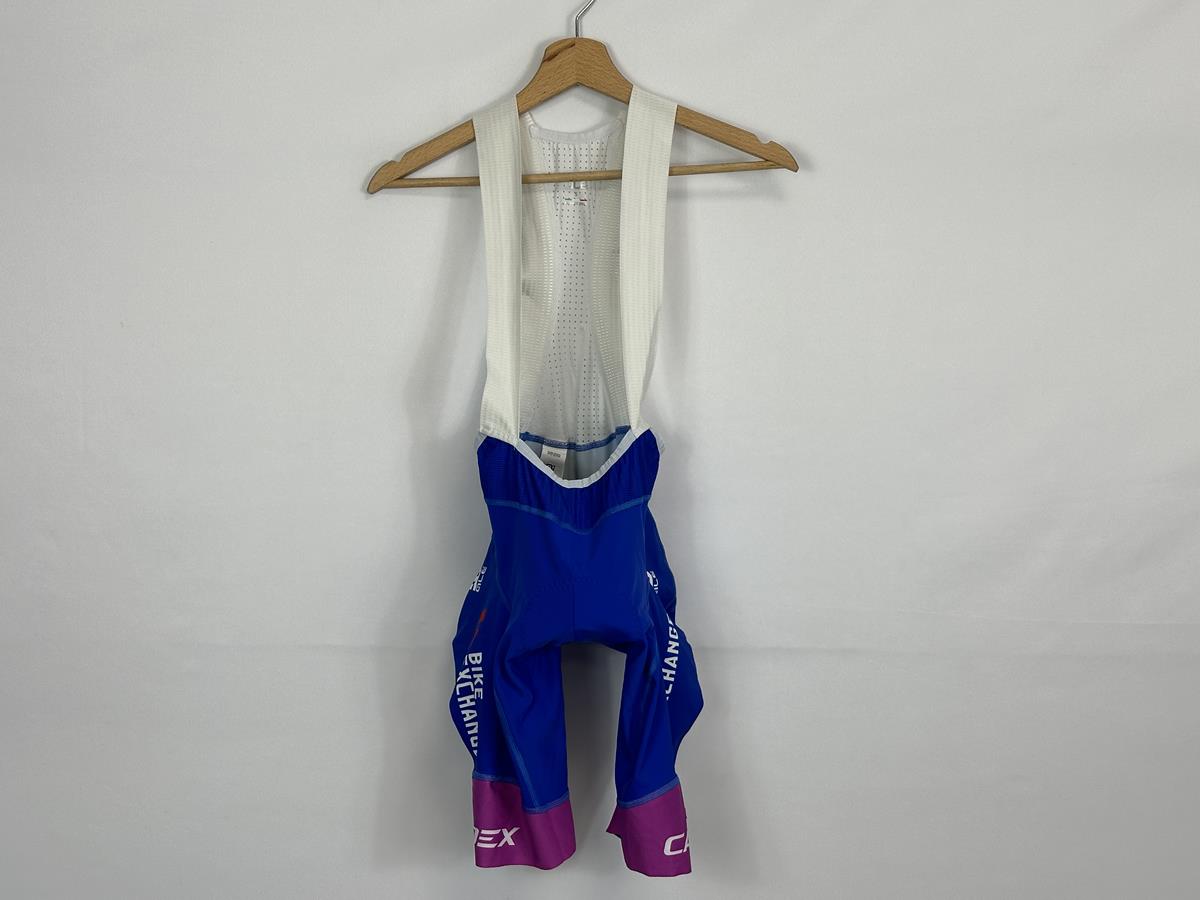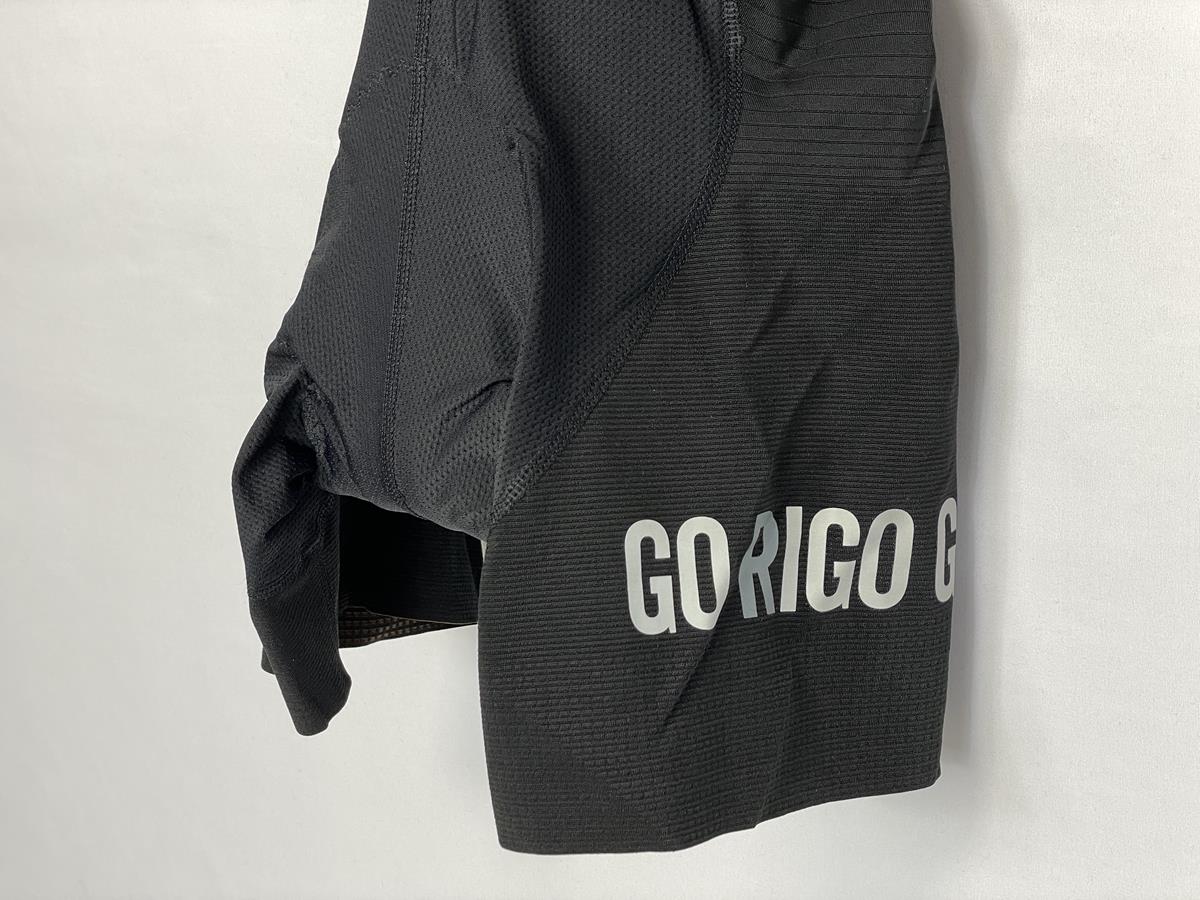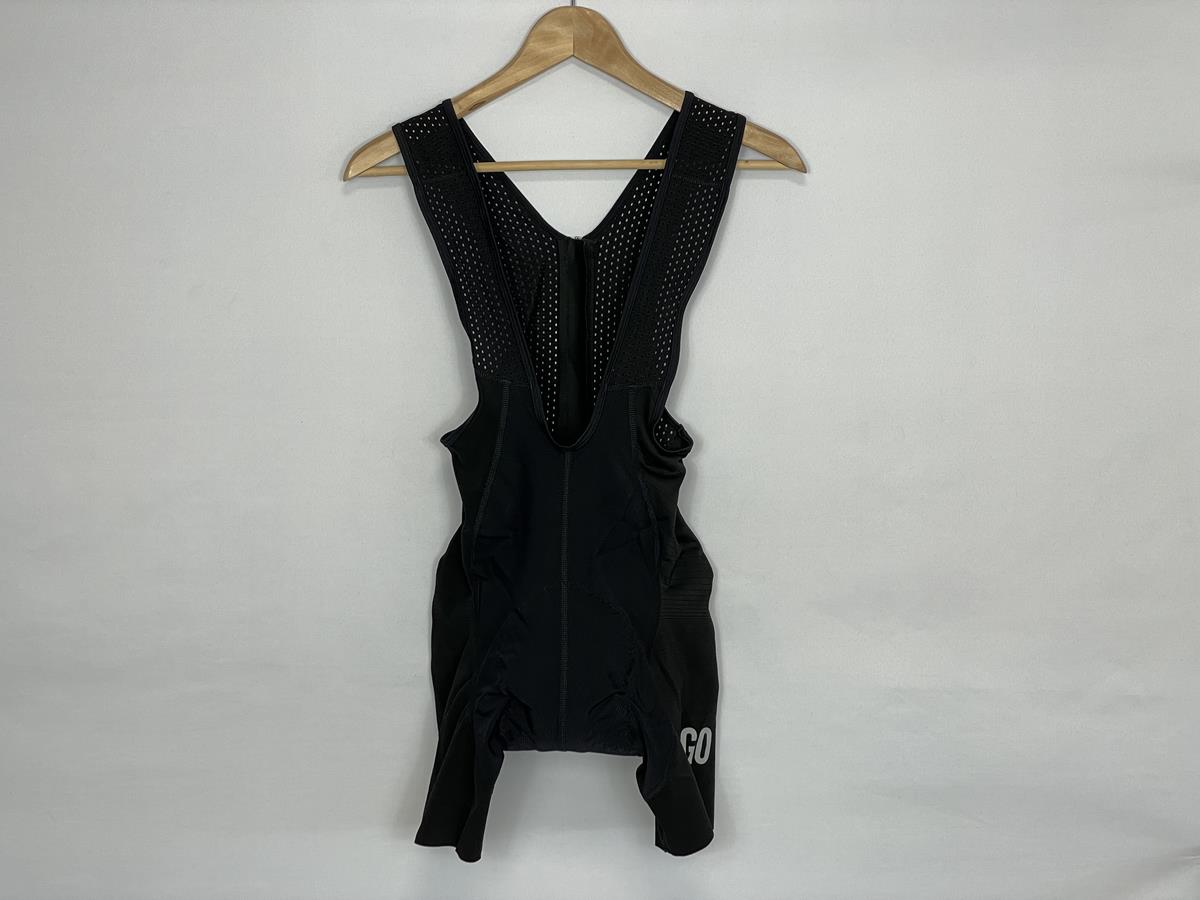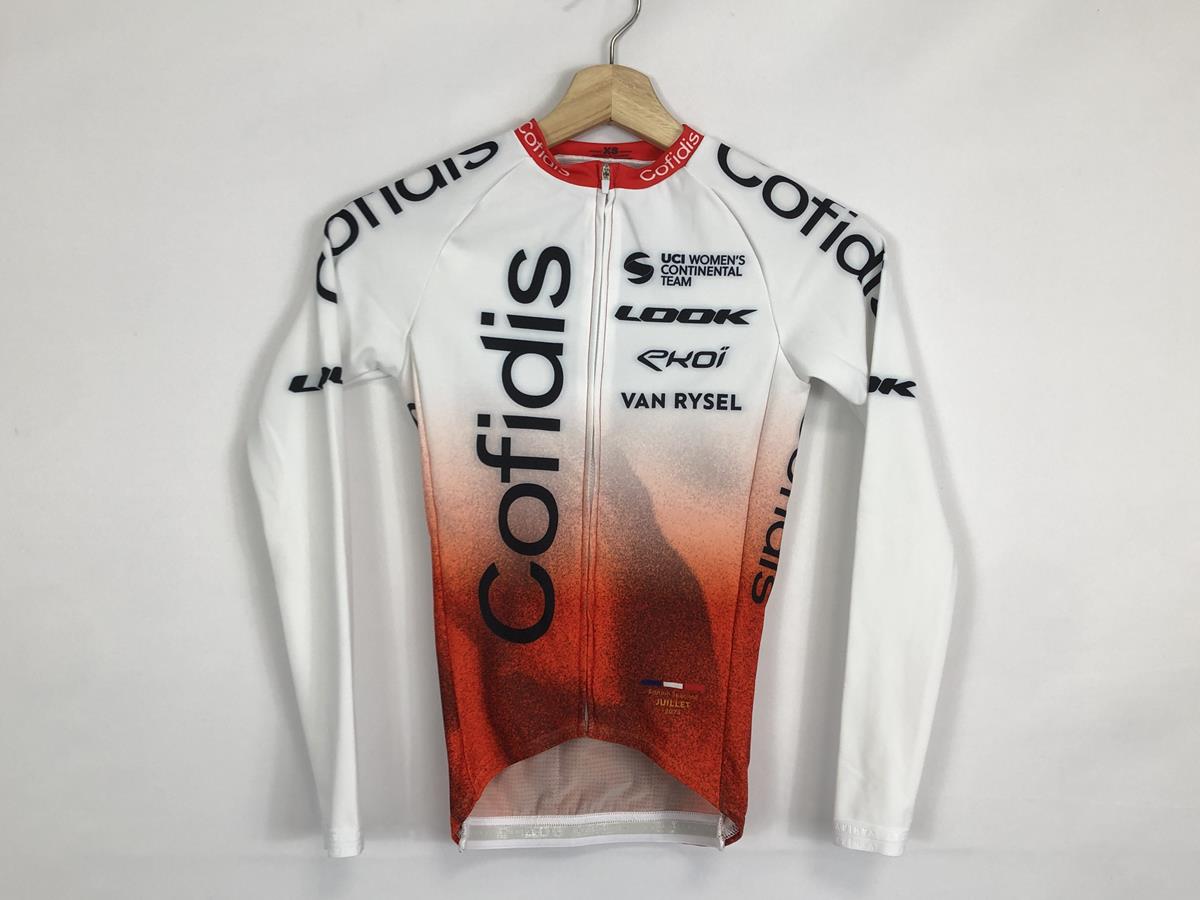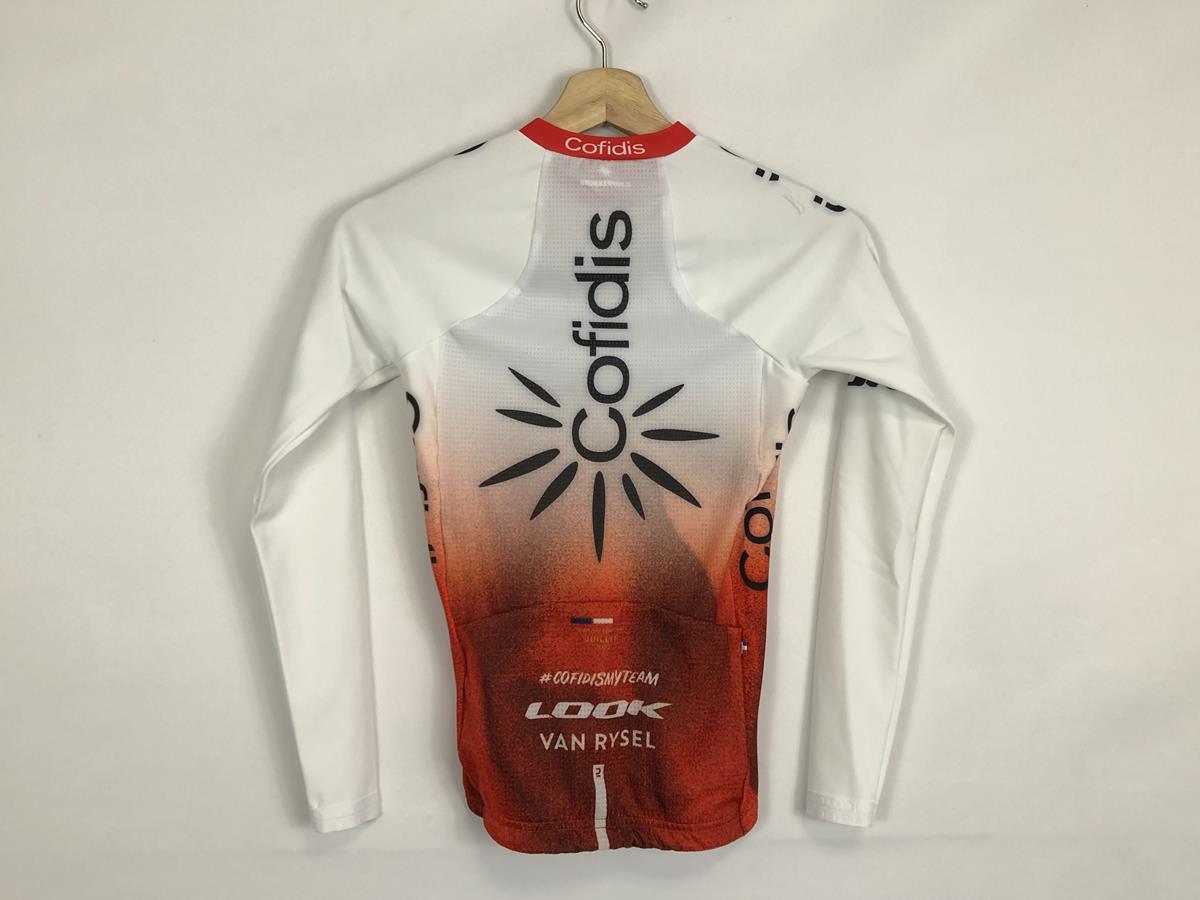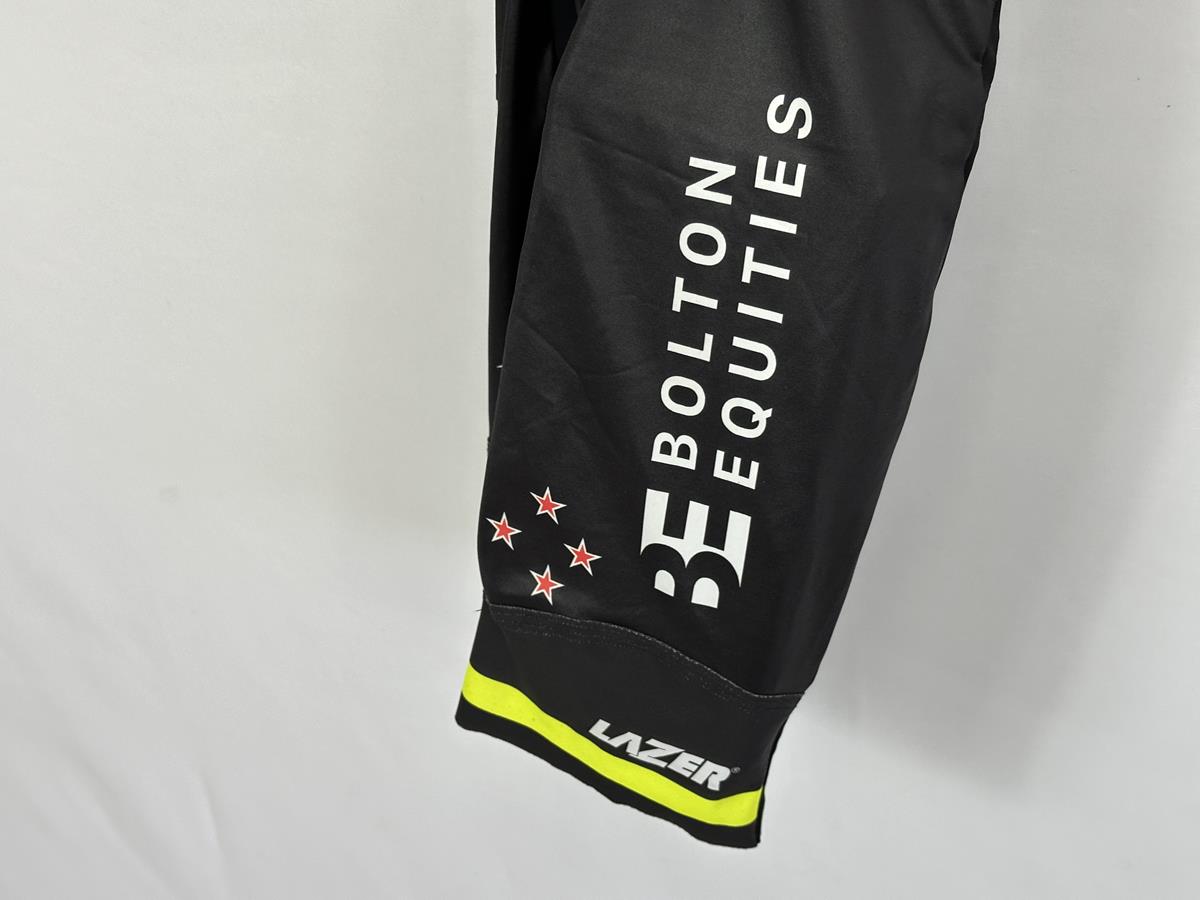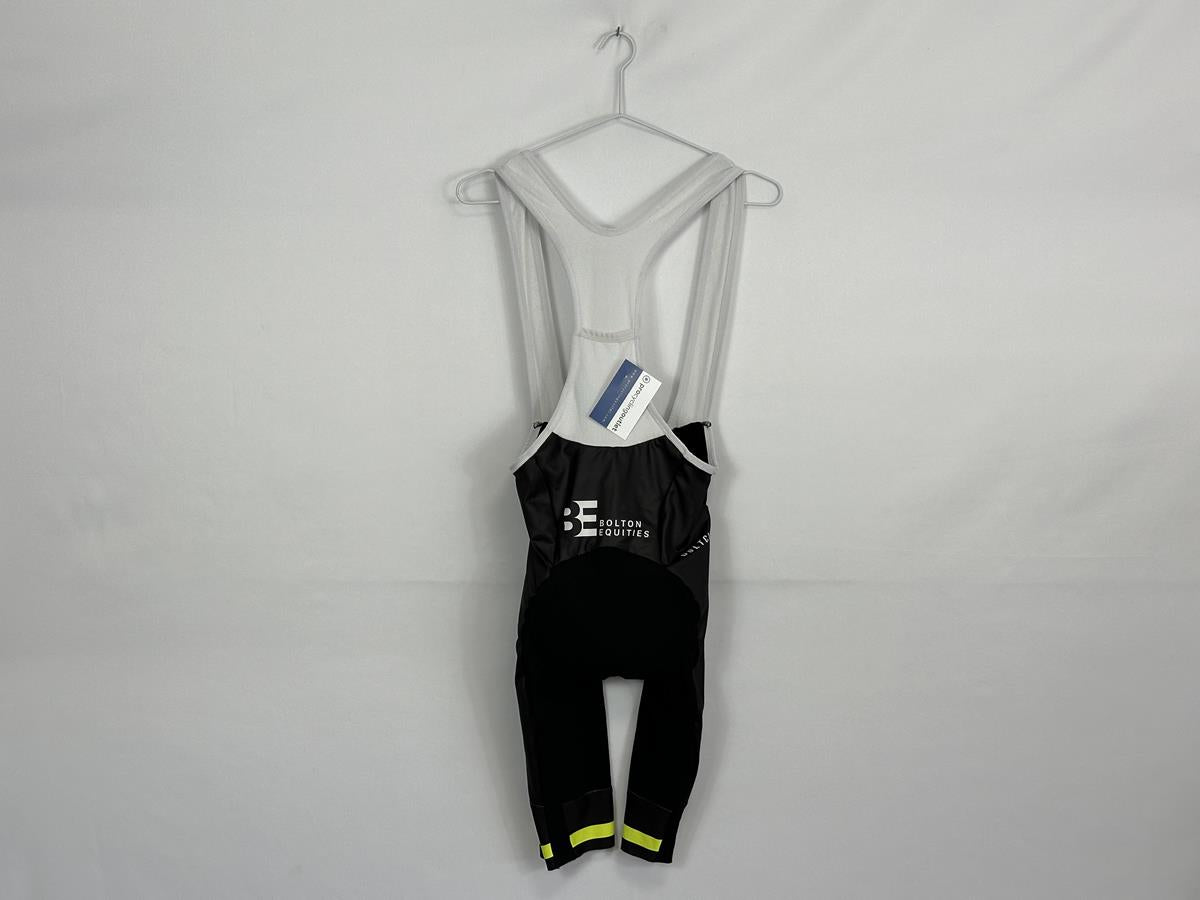The three basics: functionality, advantage and type.
- Functionality: Disc brakes use callipers mounted to the frame or fork, which squeeze brake pads onto a rotor attached to the wheel hub. This creates friction, slowing down or stopping the bike.
- Advantages: Disc brakes offer consistent braking performance in various weather conditions, better modulation, and reduced rim wear compared to rim brakes. They also provide greater stopping power, especially in wet or muddy conditions.
- Types: Disc brakes come in two main types: mechanical and hydraulic. Mechanical disc brakes use a cable to actuate the callipers, while hydraulic disc brakes use fluid to transfer force from the brake lever to the callipers.
Understanding what brake disc I need?
Compatibility: To ensure compatibility, you need to check to see if your bike uses mechanical or hydraulic disc brakes as well as the type of mounting interface (e.g., Centre Lock or 6-bolt)
Rotor Size: Larger rotors offer more braking power but may add weight, while smaller rotors are lighter but may provide less stopping force, determine the correct rotor size based on your bike’s specifications and use.
Material and construction: High quality materials like stainless steel offer better heat dissipation and durability.
Manufacturer Recommendations: Refer to the manufacturer’s recommendations for your bike model and brake system to ensure you are selecting a compatible brake disc.
What size do you buy?
Bike Specifications: Refer to your bike's specifications or consult the manufacturer's recommendations to determine the appropriate rotor size for your bike's braking system.
Intended Use: Consider your riding style and intended use of the bike. Larger rotors provide more braking power and are suitable for downhill or aggressive riding, while smaller rotors are lighter and more suited for cross-country or road cycling.
Frame and Fork Clearance: Ensure there is adequate clearance between the rotor and the frame or fork to accommodate the selected rotor size without interference.
Personal Preference: Some riders may prefer larger or smaller rotors based on their preferences for braking feel, modulation, and overall performance. Experimenting with different sizes can help you find the best option for your riding needs.
What not to do with disc brakes?
- Avoid prolonged braking on long descents, as it can lead to overheating of the brake pads and rotor, resulting in brake fade and reduced braking performance.
- Prevent oil, grease, or other contaminants from coming into contact with the brake pads or rotor, as it can compromise braking efficiency and safety.
- Ensure proper alignment of the brake callipers and rotor to prevent rubbing, noise, and premature wear of the brake components.
These guidelines will help you select the right disc brakes for your bike and provide you with optimal braking performance and safety.
We have a selection of disc brake pads on our website, www.procyclingoutlet.com .



